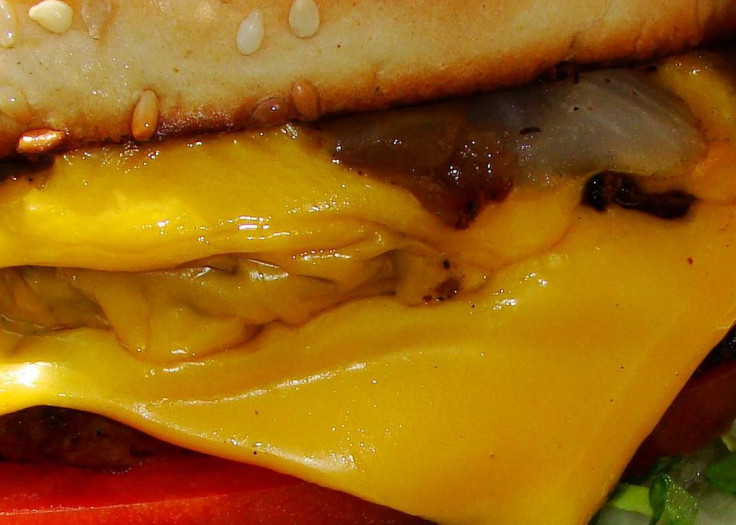Food Menus That List Exercise Costs Lead To Healthier Choices

Putting aside the abstruse language of dietetics, restaurant menus listing the exercise costs of food items led to healthier choices by patrons, a new study found.
Researchers at Texas Christian University studied 300 men and women under the age of 30, breaking them into three groups with menus of the same food choices. One group received a regular menu listing food only, the second a menu listing calories, and the third a menu listing calories in addition to the exercise cost of each item — the number of minutes of brisk walking required to burn those calories.
Presenting their findings at the Experimental Biology 2013 meeting in Boston this week, the researchers said the improved calorie context appeared to change behavior.
"This study suggests there are benefits to displaying exercise minutes to a group of young men and women," Dr. Meena Shah, senior researcher, said in a statement. "We can't generalize to a population over age 30, so we will further investigate this in an older and more diverse group."
Leslie Beck, a registered dietician, said she found the results of the study interesting.
"I guess what this suggests is that if you eat out in restaurants on a regular basis, knowing and seeing that [calorie and exercise] information could help you manage your weight," she said.
Beck said that while it's hard to say why the new and improved menus made a bigger difference over mere calorie counting, she said she suspects that most people think of calories abstractly, but that putting 500 calories into a familiar context would mean more to them.
"If you were to go to a coffee shop and you saw that that muffin that you were going to have with your coffee would take two hours on a treadmill to burn off, you would probably think that's hardly worth it for a muffin," she said.
The researchers reported that most studies conducted on the efficacy of calorie displays on menus show that such menus fail to lead to lower-calorie choices, either items ordered or consumed. They hypothesize that contextualizing caloric abstractions may prove effective in steering people toward healthier options.
In the gold standard of fast food menus, the McDonald's Big Mac varies by price from country to country but generally costs consumers 550 calories — or one hour of brisk walking in water, for example.



























